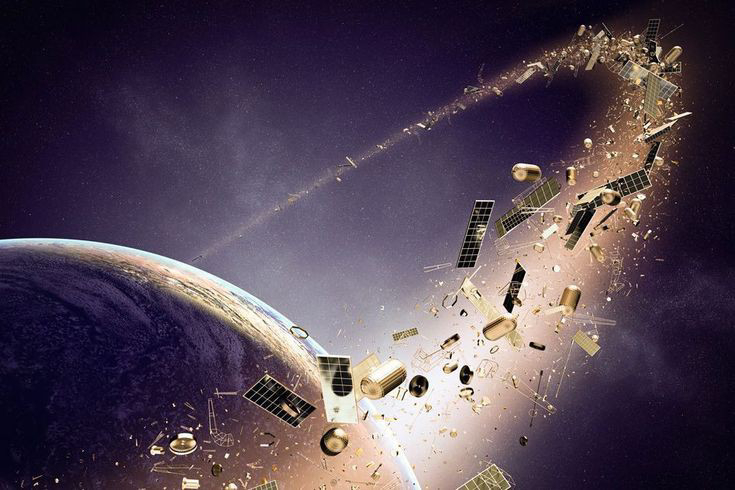Minimizing Space Debris: How Individuals and Companies Can Help
Space debris is becoming an increasingly important issue as the number of satellites and space launches continues to rise. With an estimated 9,000 tons of space debris orbiting the Earth, it's crucial that we take steps to minimize the amount of debris we produce and mitigate the damage it can cause. In this blog post, we'll explore some ways that individuals and companies can help reduce space debris and discuss the future of this growing problem.
What is space debris?
Space debris is any man-made object in space that is no longer functional. This includes old satellites, spent rocket stages, and other debris created by human activity in space. Over time, this debris can collide with other objects in space, creating even more debris and posing a risk to active spacecraft and satellites. As more and more debris accumulates, the risk of collisions and the potential for catastrophic events increases.
How can we minimize space debris?
There are several ways that individuals and companies can help reduce the amount of space debris we produce:
Design for Disposal: One of the most effective ways to minimize space debris is to design spacecraft and satellites with disposal in mind. By designing satellites and spacecraft to either deorbit at the end of their useful lives or move to a graveyard orbit, we can reduce the amount of debris that remains in orbit.
Reduce the Number of Launches: Another way to minimize space debris is to reduce the number of launches we conduct. This can be achieved by designing spacecraft and satellites that are more efficient and can perform multiple tasks or by using existing infrastructure instead of launching new satellites.
Clean Up Existing Debris: There are currently several initiatives underway to clean up existing space debris. These initiatives involve launching spacecraft that can capture and remove debris from orbit, or even using lasers to deorbit objects.
Track and Manage Space Debris: To effectively manage space debris, we need accurate tracking and management systems. This can be achieved through the use of ground-based and space-based sensors, which can monitor the location and trajectory of debris in real-time.
What is the future of space debris?
As the number of launches and satellites continues to rise, space debris will become an even greater concern. However, with new technologies and initiatives underway, we can hope to reduce the amount of debris in orbit and mitigate the risks it poses.
One exciting new initiative is the use of reusable rockets, such as those developed by SpaceX. By reusing rockets, we can significantly reduce the number of launches required, which in turn reduces the amount of debris we produce. Additionally, companies like Astroscale and ClearSpace are developing spacecraft that can capture and remove debris from orbit, which could go a long way in cleaning up existing debris.
Another potential solution is the use of space-based manufacturing, which could reduce the need for launches and minimize the amount of debris produced. This involves building and manufacturing objects in space, rather than on Earth, which could reduce the need for launches and minimize the amount of debris produced.
In conclusion, space debris is a growing concern that requires action from individuals and companies alike. By designing for disposal, reducing the number of launches, cleaning up existing debris, and tracking and managing space debris, we can help minimize the risks it poses. With new technologies and initiatives underway, we can hope to reduce the amount of debris in orbit and mitigate the risks it poses, ensuring a sustainable and safe space environment for generations to come.



Comments
Post a Comment